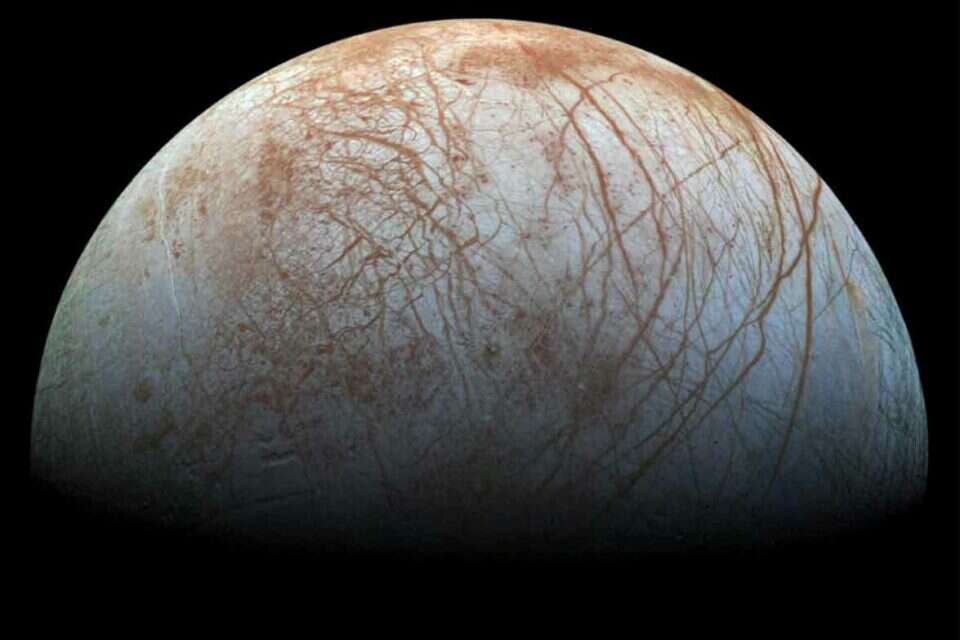Humans will probably never be able to map all of space, but the discoveries, photographs and research on the subject are certainly inspiring.
On the occasion of World Space Week, which begins tomorrow (Tuesday), we have included exciting space discoveries by NASA.
Tsunami on Mars
A NASA-funded study published in 2016 showed that coastlines located beneath the surface of Mars were created by two mega-tsunami events. The findings support the theory that beneath the desert surface of the Red Planet there was once an ocean.
Two mega-tsunami events.
Mars, photo: NASA
Ice from a volcano
In 2015, a lone volcano-like mountain was found near the equator of the dwarf planet CERES.
According to NASA, the mountain releases icy and salty water, sometimes mixed with mud, in an activity similar to the activity of a volcano on Earth.
Imaging of the volcano on the planet CERES, photo: NASA
Can humans live on other planets?
In 2017, an Earth-sized planet, Ross 128b, was discovered by a researcher from the University of Grenoble in France.
In 2022, scientists from the University of Liege in Belgium discovered another similar planet called LP 890-9c, which they say may have conditions suitable for life.
The star Ross 128b, photo: ESO/M.
Kornmesser // Wikimedia Commons
First interstellar object in the solar system
Researchers in Hawaii have been able to identify the first interstellar object in the galaxy, known as Oumuamua.
The spinning bone is bigger than a football field.
Not round and different in landscape.
Omomoa, photo: ESO/M.
Kornmesser // Wikimedia Commons
The Webb Space Telescope has revealed an image of Jupiter
In August, the American space agency shared the findings from the lenses of the most sophisticated camera sent into space, this time of the largest planet in the solar system, Jupiter.
In the picture you can see the contours of the star, with northern and southern aurora lights appearing at its ends.
Jupiter in the best quality so far, photo: NASA
were we wrong
We will fix it!
If you found an error in the article, we would appreciate it if you shared it with us

